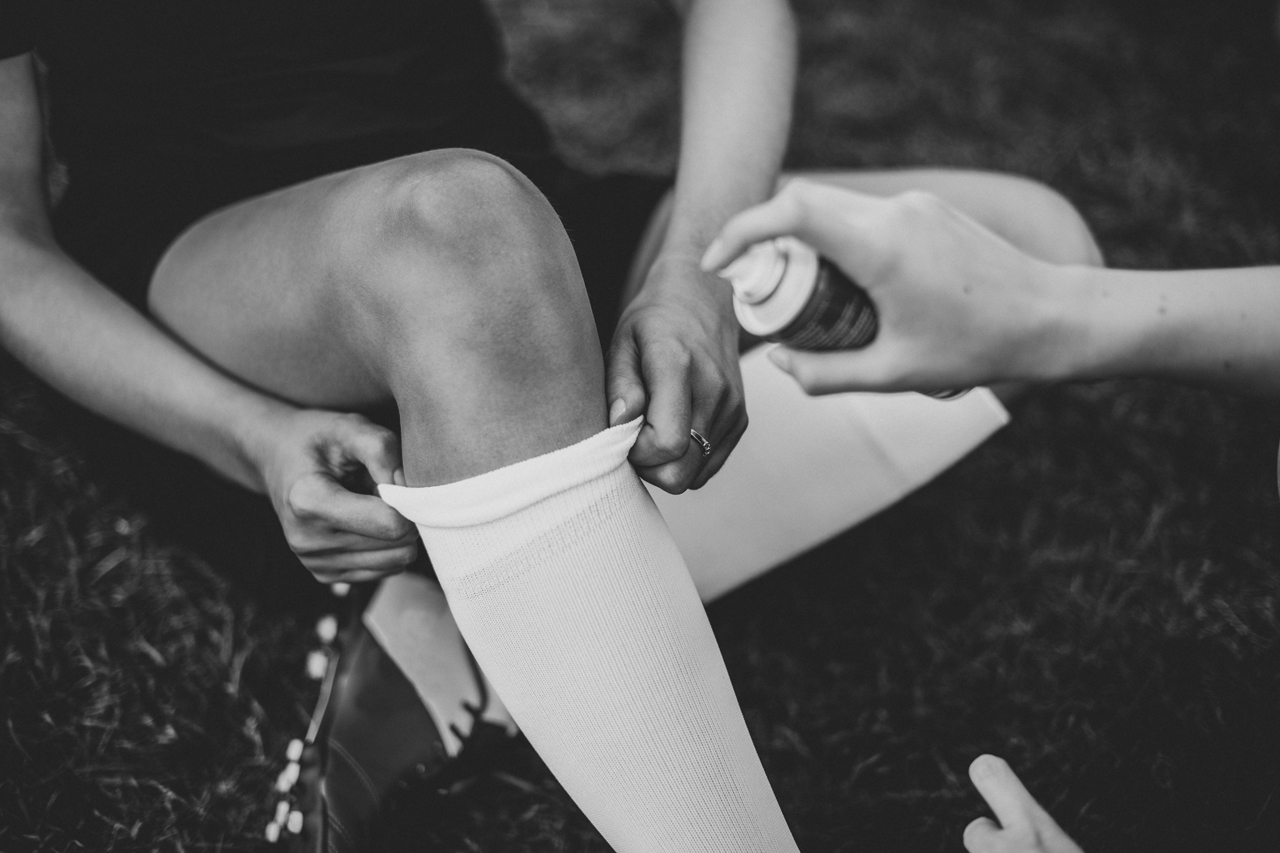
I was petting our 15-year-old Border Collie, Star, early on a Sunday morning when the spasm hit. She had just waggled herself up to me to say good morning. It hit me brutally hard, dropping me to my knees. Having experienced this all too many times in the past, I knew instantly what was happening. Back spasm.
How and why it happened at that moment is still a mystery to me. But, for now, let’s blame Star. It’s got to be her fault, right? Just kidding.
Clearly, I triggered some little instability in my spine that set my quadratus lumborum into a rictus of intense spasm. The why and how of that unfortunate episode will be the subject of another essay that I’ll post in a week or so.
For, now I’d rather focus on what I did, and didn’t do, in reaction to the pain.
In this life, we are going to have pain. It’s inevitable.
What’s the worst thing you can do when in pain?
It’s to stop training, stop moving.
Sure, that seems counterintuitive. When something hurts we worry about making it worse. We imagine the worst. We ask, why me? Why now? How did this happen? We need to take it easy for a few days or weeks, stop training, be careful.
Sound familiar? Well, that’s often the worst thing you can do.
Sure, during the acute phase after a recent injury, when the pain is debilitating and all-consuming, we definitely need to rest that injured body part and allow the healing and recovery process to begin. That’s just common sense.
Just move
But, as soon as we are capable of tolerating it, we should begin moving again. Modestly and carefully at first, for sure. We can always train the uninjured limbs or our core.
Which is exactly what I did during those days after that Star-induced back spasm. Even at its worst, I did something. Several times a day, I would grit my teeth through a “gentle” core stability circuit that is palliative for back pain. I walked as much as I could. There were times that I was so contorted that I looked like this greater-than symbol “>”. But, I shuffled for a few minutes on the treadmill as best I could. I found that the more I moved, the better I felt and the more the spasm would abate.
Things got better. After about a week or so, the pain and contortion weren’t so bad. It’s been about a month and I feel solid. I pulled heavy deadlifts just this morning and felt stable and strong.
I’m encouraged. But, I also know this isn’t the last time that my back will hurt. Pain is part of life. Of the 365 days in a year, I would guesstimate that some part of me hurts 360 of them. Even on the worst of days, I try to do something, however modest. I just move.
There’s always something we can do
We’ve got two of each: ankles, knees, hips, shoulders, elbows, and wrists. That’s 12 total major joints, not including the spine. If one of them is sore, does that mean that the other 11 are out of commission? What about our core?
We’ve got loads of members who exemplify this determination to keep moving. They are inspiring!
One determined young lady stumped around in a boot for weeks after foot surgery, doing core, upper-body and working her non-surgical leg. We’ve got men and women with tweaky-creaky shoulders who modify all their workouts to do as much as they can while protecting their injured shoulders. Another young lady with impressive scoliosis of the spine grits her way through every workout, doing the best that she can. Some days she feels better than others.
They never surrender
So, even though I was contorted into a “>” and walking sideways like a crab, I knew I needed to just move, to do something.
That was the best thing I could’ve done.
How about you? What pain are you dealing with? Back pain? Arthritic knees? Hips? Sciatica? Fasciitis? Well, whatever troubles you, please know that we understand. We’re here to help.
Because our main constituency is people in midlife, I would estimate exactly 101% or our members and clients manage some past injury or chronically painful condition. That’s become our specialty – how to safely and effectively coach people to achieve truly functional fitness in spite of pain and limitations.
If that sounds like you, we’d love to work with you. If you feel like we could be of any assistance, please don’t hesitate to reach out. If you have somebody in your life who might benefit from some guidance and support, please forward this along to them and encourage them to reach out to us.



